(December 16, 2022) Until about a year ago, Niti Nadarajah was a full-time in-house lawyer who had practised law for 19 years at a stretch, climbing the corporate ladder one step at a time, ambitious and confident. When the Covid induced lockdown gave her some time for introspection, Niti, who was a senior counsel at Philip Morris International in Melbourne, realised something was amiss, in her career and in her life. She was feeling stuck, unfulfilled and unhappy. “And my story is not unique. Unfortunately, all too many of us end up feeling like we're on a treadmill that we can't get off. So, we settle,” she tells. Niti began speaking out on social media and soon, what had started out as a leisure time activity became Coaching with Niti, where she helps women who are looking to change careers, but struggle to tap into their inner compass, or lack the confidence to take the leap. [caption id="attachment_32877" align="aligncenter" width="655"] Niti Nadarajah[/caption] Her early efforts on social media were met with a massive response. Women everywhere were relating to Niti and were enriched by what she had to say. Clearly, she was filling a void and it led
looking to change careers, but struggle to tap into their inner compass, or lack the confidence to take the leap.
[caption id="attachment_32877" align="aligncenter" width="655"] Niti Nadarajah[/caption]
Niti Nadarajah[/caption]
Her early efforts on social media were met with a massive response. Women everywhere were relating to Niti and were enriched by what she had to say. Clearly, she was filling a void and it led her to think of a possible career transition in her own life too.
“It took me some time to figure out what ‘filling that void’ could look like from a career or business venture perspective, but I finally settled on embarking on a portfolio career,” she tells Global Indian. She calls the year 2022 her ‘year of transformation’, as she shaped her career into a mix of freelance inhouse legal work and coaching.” This career transition has put her into a much happier space now.
Finding the inner compass
“In my coaching business, Coaching by Niti, I work with women who, like me, have felt stuck in their careers – often wondering ‘Is there all there is?' or ‘What else could I do?’ and ‘Is it too late?’’ she says. Having learnt from her own journey and conversations with others, she strongly reinforces the need to connect to oneself at a deeper level before working out how to get ‘unstuck’, as she puts it.
We tell ourselves that we can't do anything else because this is all we know. We fear the unknown - the lack of security, imposter syndrome, a lack of self-belief. We shrink ourselves.
This is where Niti helps. To the women who approach her, she says, ‘From someone who has been where you are, believe me – there is another way!’

Niti is also associated with the firm Grace Papers. It empowers parents and organisations to more seamlessly navigate the transitions that come with having children, including parental leave, the return to work and flexible working arrangements. She also coaches lawyers through a firm called Coaching Advocates.
Transition from lawyer to entrepreneur
Getting into the entrepreneurial journey has been challenging and has required a lot of changes to Niti’s mindset. “For instance, my relationship with money has changed, as I no longer have the certainty of a pay check. Instead, I have to search for, and convert potential leads into clients,” she tells.
One of the biggest challenges, which she also sees as an opportunity, is the ‘need to continually evolve, adapt and pivot’. For instance, she started out with a certain niche in the coaching space but quickly realised that there were some barriers to entry and conversion that were going to be challenging to overcome. She paid special attention to finding those solutions.
“I suspect this will only continue to happen over the coming year or two and in many ways, is both challenging and exciting as it enables me to lean into new opportunities and learn and grow,” says the new entrepreneur.
[caption id="attachment_32880" align="aligncenter" width="724"] The many hats that Niti wears[/caption]
The many hats that Niti wears[/caption]
Finding the path
Although Niti has made a career transition of impacting women’s lives recently, certain experiences in her life had already shown her the power and solace that comes with being part of a strong community of women.
“When I had my two miscarriages, I went through those losses feeling isolated in my grief and pain. I felt a strong need to share my story with women in similar situations but initially lacked emotional strength or courage for it.”
Niti remembers finally opening up to someone about the mental health challenges she was experiencing during that time. This was the starting point of her journey with The Pink Elephants Support Network, an organisation that supports women who have suffered from pregnancy losses. Volunteering with them and sharing her story, through social media and major newspapers in Australia, was enriching for her.
Niti loved having the opportunity to help others feel less lonely in their grief and giving them a space to feel ‘seen’ and ‘heard’. “It has lent a sense of purpose and mission to my own losses and given me strength to own my journey and become my most vulnerable self,” she tellls.
Later she also got associated as community partner with White Ribbon, an organisation that seeks to eliminate gendered violence by engaging men and boys. “This again is enriching my life as a mum of two children, a girl and a boy,” she says, adding, “I want my children to grow up in a world that is both inclusive and safe.” To be able to play a part in making these changes a reality is hugely rewarding for her.

Life’s diversity
Born in Scotland, Niti spent the first eight years of her life moving around different places - England, Abu Dhabi, India and Australia, before her parents finally settled in Melbourne. Though she grew up in a loving household with her parents and little sister, the family moved around a lot. Niti recalls having to make new friends every year and the constant struggle to find inclusion and acceptance.
As a child of immigrants, first to the UK and then to Australia, she loved spending time with immigrant families from India but often straddled two worlds. “I code-switched from trying to live by the values and norms I was taught at home to wanting to embrace the ones that surrounded me outside the house.” This often left her exhausted in trying to understand what her true identity was.
It took me a long time to understand that my identity is not simply British, Australian or Indian or a choice between them. It is a mix of all those cultural influences.
Seeing the world through the lens of personal experience has made her very vocal about inclusion and cultural diversity at the workplace.
A refreshing start to the future

As first-generation immigrants to Australia, her parents made a successful life for themselves in the foreign land. They always motivated Niti to be the best that she could be and instilled in her strong values around family, connection and community.
Carrying forward the values instilled in her at home, Niti managed to renew her own life and find the courage to chalk out a new career path for herself, one that was aligned with her purpose and passion.
In 2023, the Melbourne-based coach, entrepreneur and lawyer is all set to expand her facilitation work and consultancy in the diversity, equity and inclusion (DEI) space with the mission to help women unleash their ‘X Factor’.


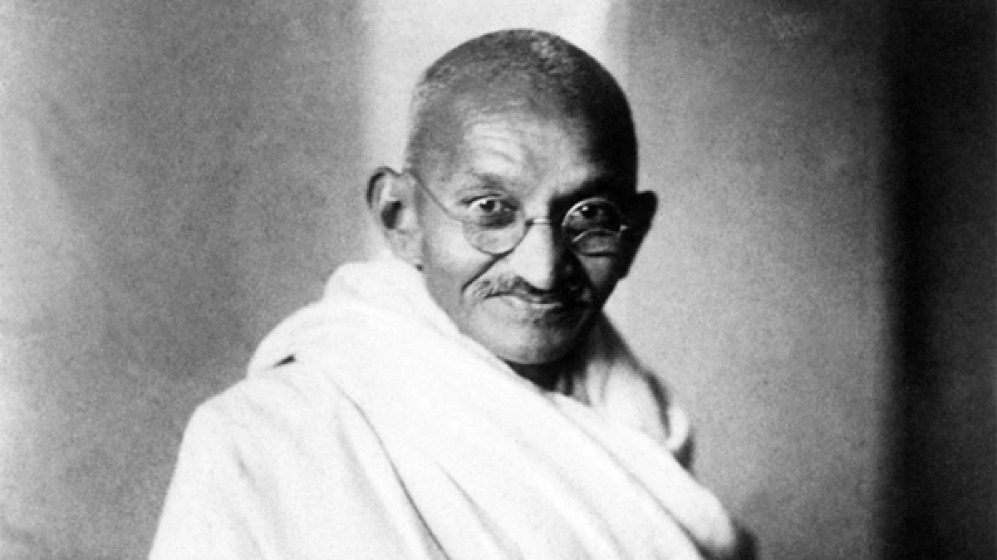
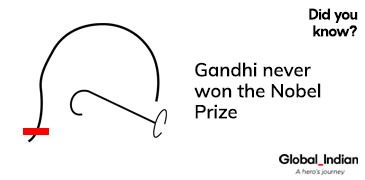

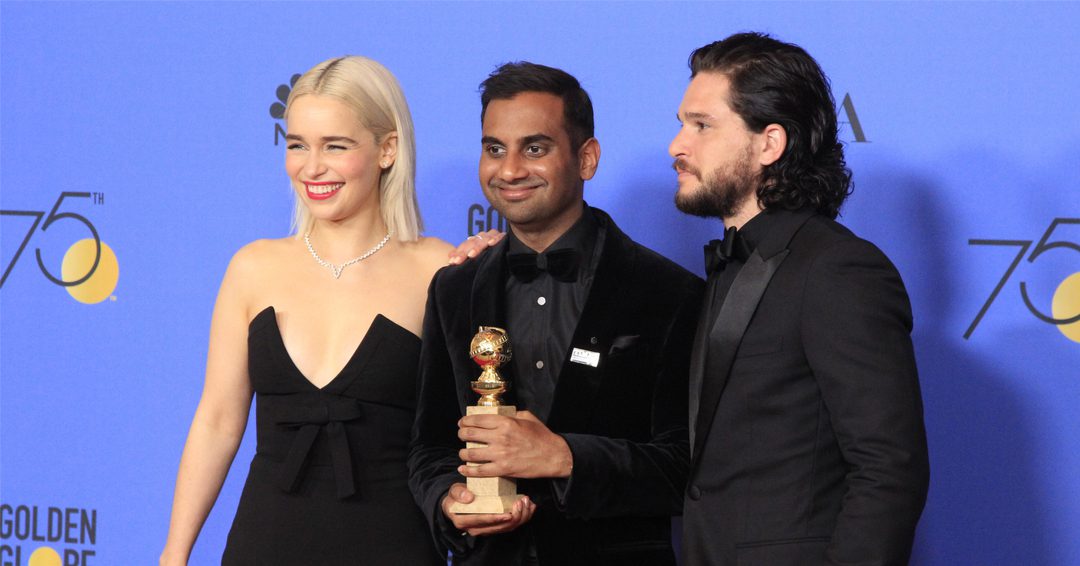 Aziz Ansari with Emilia Clark and Kit Harington at the Golden Globes.[/caption]
Aziz Ansari with Emilia Clark and Kit Harington at the Golden Globes.[/caption]

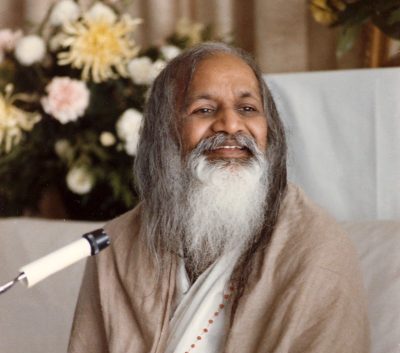
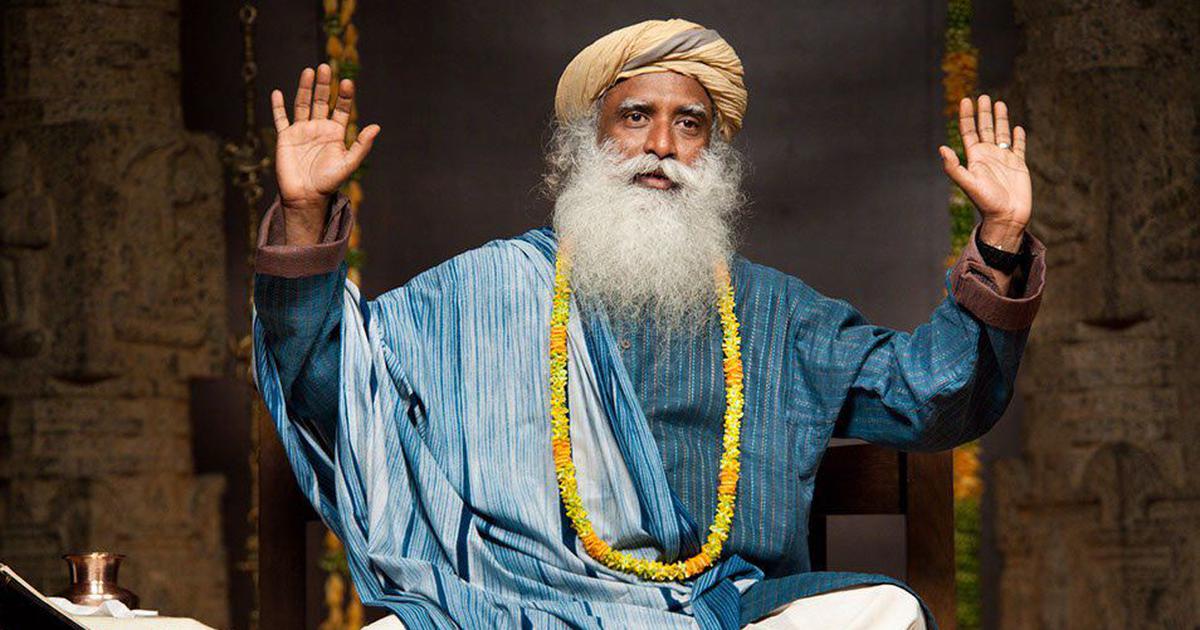
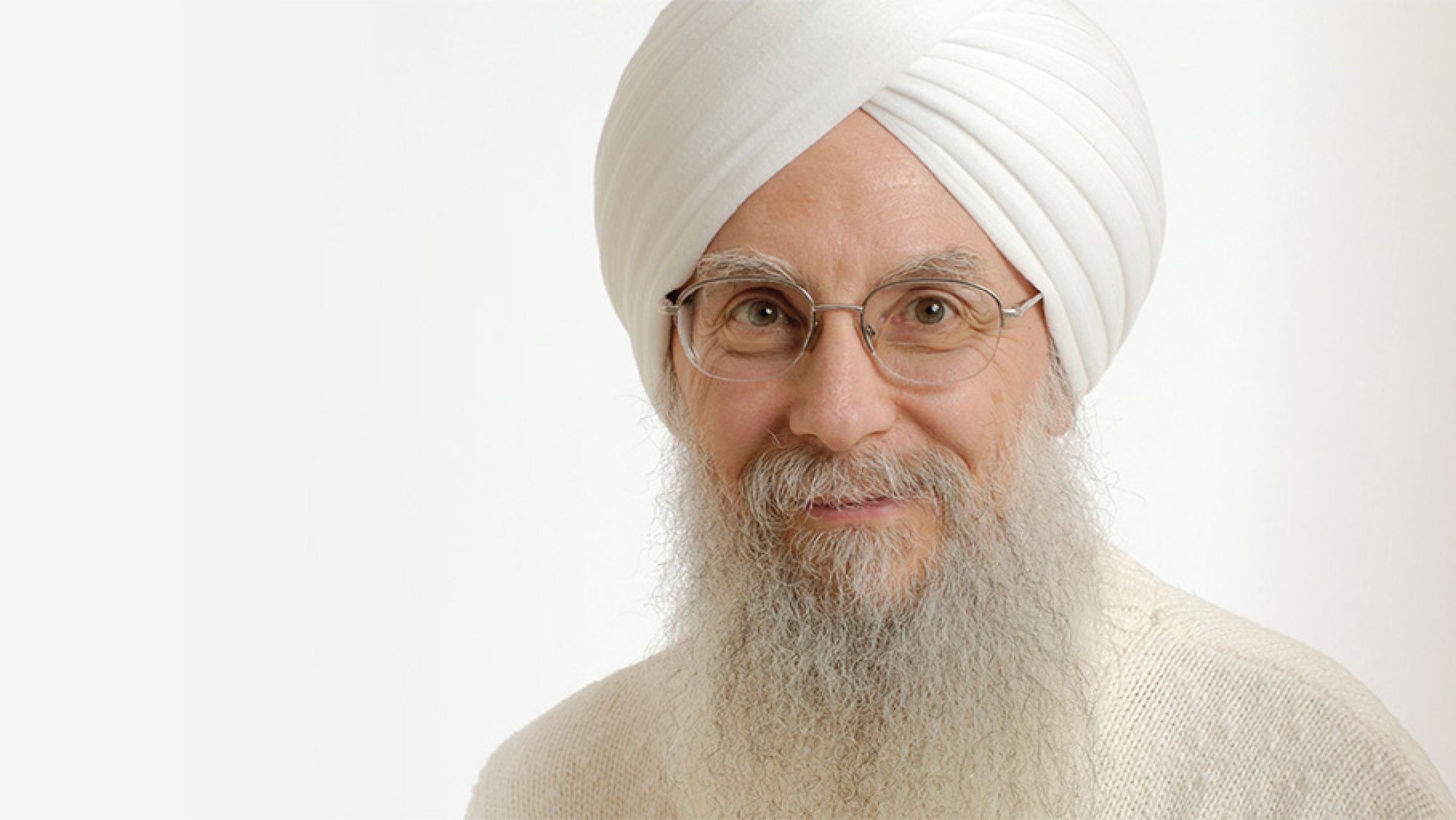

 Jamsetji Tata[/caption]
Jamsetji Tata[/caption]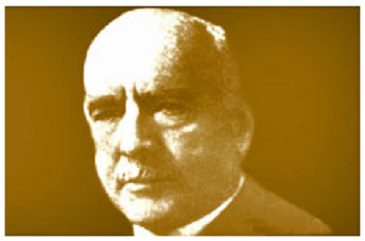 American metallurgist Charles Page Perin[/caption]
American metallurgist Charles Page Perin[/caption] The Tata Steel Plant[/caption]
The Tata Steel Plant[/caption]
 Niti Nadarajah[/caption]
Niti Nadarajah[/caption]
 The many hats that Niti wears[/caption]
The many hats that Niti wears[/caption]
